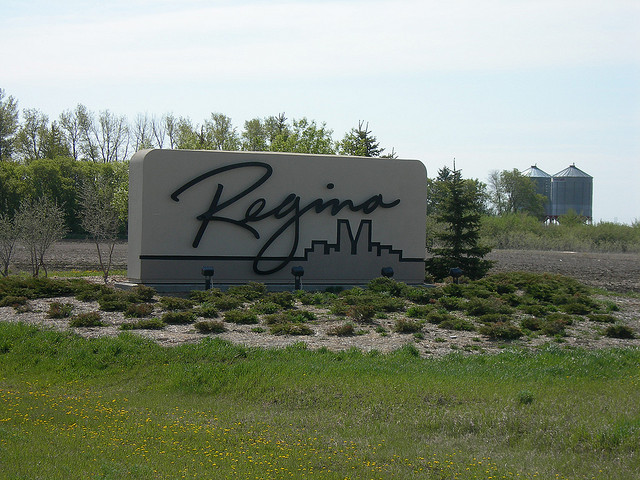The Queen City’s water debate has boiled over since I last blogged about it. City Council decided to build a new wastewater-treatment facility as a public-private partnership (P3), but a group of concerned citizens gathered 24,000 signatures to force a referendum on whether to “publicly finance, operate and maintain the new wastewater treatment plant for Regina.”
There has been much debate about the City’s anti-democratic tactics as well as the substance of the P3 proposal. The City Clerk overstepped Saskatchewan’s Cities Act in a desperate attempt to invalidate the petition. Since Council conceded that it would hold a referendum, the City has been pouring resources into the (pro-P3) “No” campaign.
Both sides of the debate seem to have accepted the premise that federal funding is tied to the project being a P3. The “No” campaign contends that rejecting the P3 means rejecting up to $58.5 million (a quarter of project costs) from the P3 Canada Fund.
The “Yes” campaign has argued that public financing, operation and maintenance is a better deal even without federal support. In Thursday’s Leader-Post, the Old Man noted that the promised P3 Canada Fund grant would not even offset the profit and higher interest charges incurred by the private partner.
Interestingly, Finance Minister Jim Flaherty’s recent Leader-Post commentary did not state that the P3 Canada Fund is the only federal money available. He indicated that the City chose the P3 option and then applied to P3 Canada. That begs the question of why the City couldn’t decide against the P3 option and then apply to a different federal infrastructure fund.
As I point out in the current edition of Prairie Dog magazine, the 2013 federal budget unveiled a new Building Canada Fund, which does not strictly require P3s, the month after City Council chose the P3 option.
The classic Big Lebowski line, “New shit has come to light!” seems appropriate to a debate about sewage. So, did City Council revisit its decision in light of this new shit?
The Mayor tells Prairie Dog, “That doesn’t come into play until the current Building Canada Fund is finished and that doesn’t happen until at least 2014. So we’re looking well into the future.”
It’s not true that we have to wait for the existing Building Canada Fund to deplete. Already committed money will continue flowing from it for years after the new Building Canada Fund becomes available in 2014. (See the “Existing program funding” line in Table 3.3.1 of the federal budget.)
The 2014-15 fiscal year is only seven months away. It’s not clear that Regina would get P3 Canada money any sooner than that, since Ottawa will not write the cheque until after construction starts.
In any case, the timing of the federal contribution is not critical. Borrowed money will cover the project’s upfront costs and be repaid from utility bills over the coming decades. Whether those multi-decade loans are locked in at the City’s AA+ interest rate or at a private partner’s higher interest rate is far more important than whether the federal cheque arrives in 2013, 2014, 2015 or even 2016, when the new plant must be operational.
P3 apologists are trying to characterize a “Yes” vote as turning away federal funding. In fact, voting “Yes” would give the City of Regina a strong democratic mandate to seek federal funding without P3 strings attached, which is entirely possible within Ottawa’s existing fiscal framework.
Erin Weir is an economist with the United Steelworkers union and a CCPA research associate.
Photo: Jimmy Emerson/flickr




